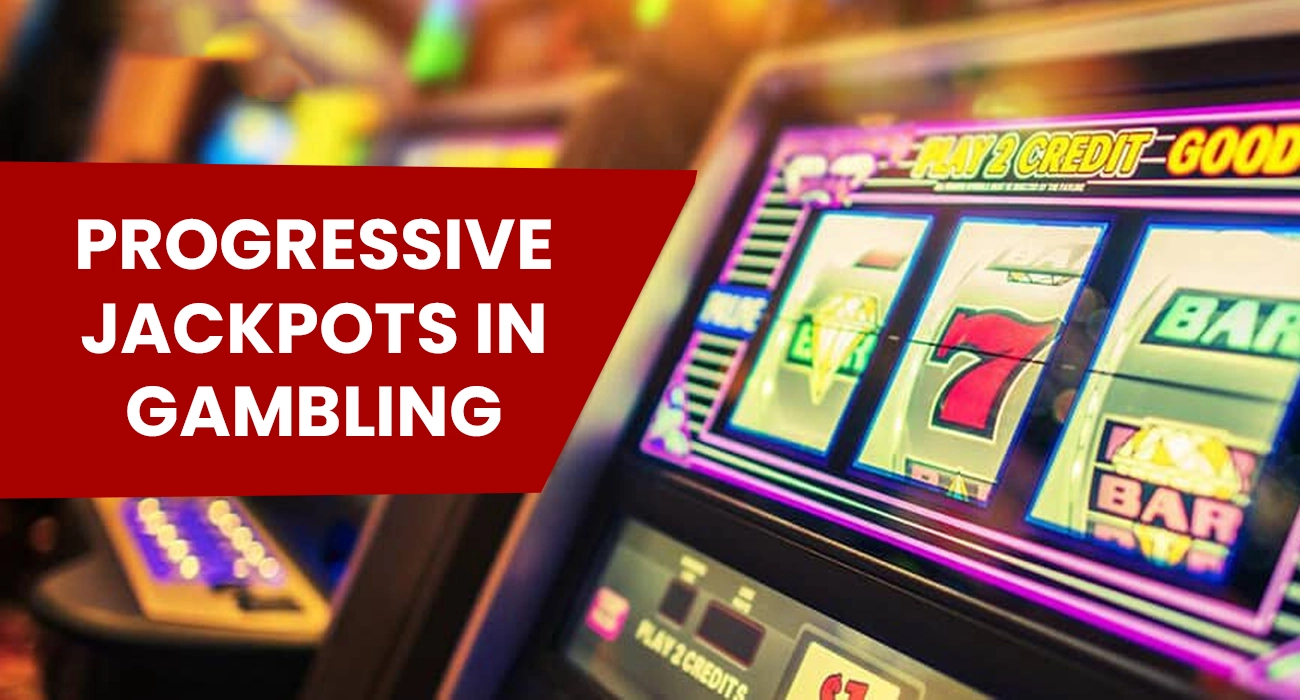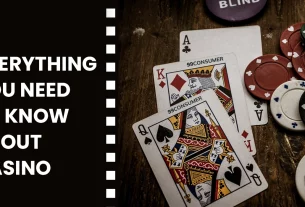Progressive Jackpots in Gambling
Progressive jackpots are peak prizes for specific casino games that keep increasing until a winner is found. Slot machines are the most common place to find them, even though they can be found in a wide variety of games. They frequently cost from a few hundred dollars to millions of dollars. Progressive jackpots are maximum payouts for particular casino games that keep growing until a winner is found. They frequently cost anywhere between a few hundred dollars to millions.
In both physical and online casinos, progressive jackpot games are offered.
For the majority of progressive jackpot games, the maximum bets are necessary in order to be eligible for the jackpot sum. Therefore, you won’t win the progressive if you hit the required combination or hand to win it but you didn’t wager the right amount.
What’s Behind Progressive Jackpots
An ongoing jackpot is the solution. Every time a player engages in a slot machine game, a progressive jackpot is awarded. Till a fortunate player wins it, it will continue to rise. In slots with progressive jackpots, a small portion of each eligible wager is applied to the prize. It can be obtained by playing a unique bonus game or by drawing a number at random.
Progressive jackpots increase gradually until a player wins them, after which they reset to a predefined amount and begin to increase once more. They increase the prize by adding a portion of each wager placed on the game that the progressive jackpot is linked to.
To demonstrate how a progressive jackpot functions in detail, below is a hypothetical example. For the sake of this page’s example, simple-to-calculate numbers are used. Even though these figures may not accurately reflect a real-world progressive game, they do accurately reflect its rules.
As an example, let’s utilize a slot machine with a connected progressive jackpot. In order to increase the progressive jackpot value, the slot machine deducts 10% of each bet. Once the jackpot is claimed, the sum is reset to $100,000. The payments made to the aggregate progressive jackpot are often added up to the reset amount.
In the above example, 1% is used to fund the subsequent reset amount, and 9% goes directly to the progressive amount so that the reset account builds up to $100,000. 10% of the total amount is used for the growing jackpot once $100,000 has been accumulated. Another method to manage this is for the casino or software supplier, whoever is in charge of the progressive, to front the $100,000 while the 10% contributes until it is paid for.
The progression will then keep expanding after that. There are a few additional ways to handle the reset amount, but it’s crucial to understand that, like the progressive amount, the seed money is also deducted from game wagers. Assuming our example continues, you are wagering $2.50 total per spin. In this situation. A progressive machine contributes 25 of each spin to the jackpot, and $2.25 is treated the same as it would on a non-progressive machine. From this second sum, the machine’s earnings and additional payouts are deducted.
The idea that casinos are taking a substantial percentage of progressive jackpots is a frequent misconception. Large progressive jackpot machines typically bring in more money for the casinos, but not because they receive a percentage of the winnings. Between the jackpot sum and the reset amount, they often pay out 100% of the prize.
Due to the additional players who are vying for the big win, they may turn a bigger profit on the games with the biggest progressive jackpots. When jackpots are large, the number of players also rises, and the media coverage intensifies.
Also Read: How to Keep Your Casino Winnings? (khelraja.live)






